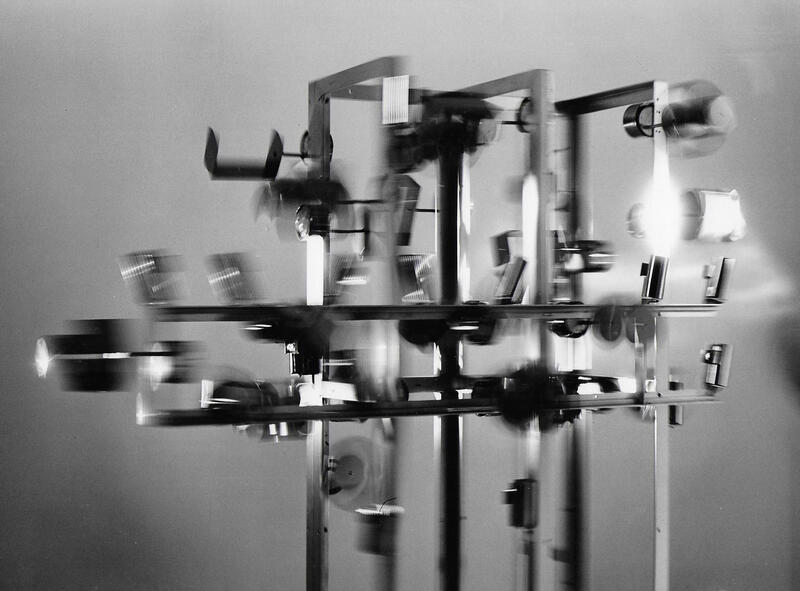THE REINA SOFÍA INAUGURATES “DISONATA. ARTE EN SONIDO HASTA 1980”
The exhibition (Dosinate. Art in Sound until 1980), based on an original project by Guy Schraenen, analyzes one of the lesser-known facets of the visual arts: the development of sound as a differentiated creative field of music, from the beginning to the end of the 20th century.

Disonata is part of a program designed by the Museo Reina Sofía to share the interconnections between art and sound: how it bursts into the visual arts and how it is approached by different artists from different periods. The exhibition thus constitutes one more piece in that kind of universe dedicated to sound art that the Museum has created, providing a global overview; Different manifestations that make up a whole that will make the public better understand the relationships between what is visual and auditory in art.
In this particular exhibition, which has the collaboration of the Community of Madrid, the viewer will find nearly two hundred works: recordings, paintings, instruments, sculptures, scores, models, manifestos, photographs and films that discover a different face of art, which started with the historical avant-gardes of Futurism, Dadaism and Surrealism, and in which works by artists such as Elena Asins, Ulises Carrión, Marcel Duchamp, Esther Ferrer, Jean Tinguely or John Cage, from Fluxus, among others, stand out.
In this way, the work of a series of pioneers who ventured into unexplored areas of sound phenomena and processes, once the exclusive domain of musicians, is recovered. The driving force behind this transformation was visual artists, but visionary poets and musicians, including architects and engineers, were also involved, fostering a series of groundbreaking acoustic experiments that went beyond the predefined categories of modern and contemporary art.
-
Imágenes cortesía del Museo Nacional Centro de Arte Reina Sofía
-
Imágenes cortesía del Museo Nacional Centro de Arte Reina Sofía
-
Imágenes cortesía del Museo Nacional Centro de Arte Reina Sofía
-
Imágenes cortesía del Museo Nacional Centro de Arte Reina Sofía
-
Imágenes cortesía del Museo Nacional Centro de Arte Reina Sofía
The tour of the exhibition chronologically highlights different crucial moments of this process: from the futuristic experience of building instruments to tune noise; spatial, musical and multimedia experiments in the 1950s, such as the Philips’ Pavilion at the 1958 Brussels World Fair, with contributions from Iannis Xenakis and Edgar Varèse, and all under the direction of Le Corbusier (author Electronic poem of the interior); the fascination of visual artists for the tape recorder in the middle years of the 20th century; the contributions of the Fluxus movement or the Spanish group Zaj until reaching the postpunk scenes in the 80s.




